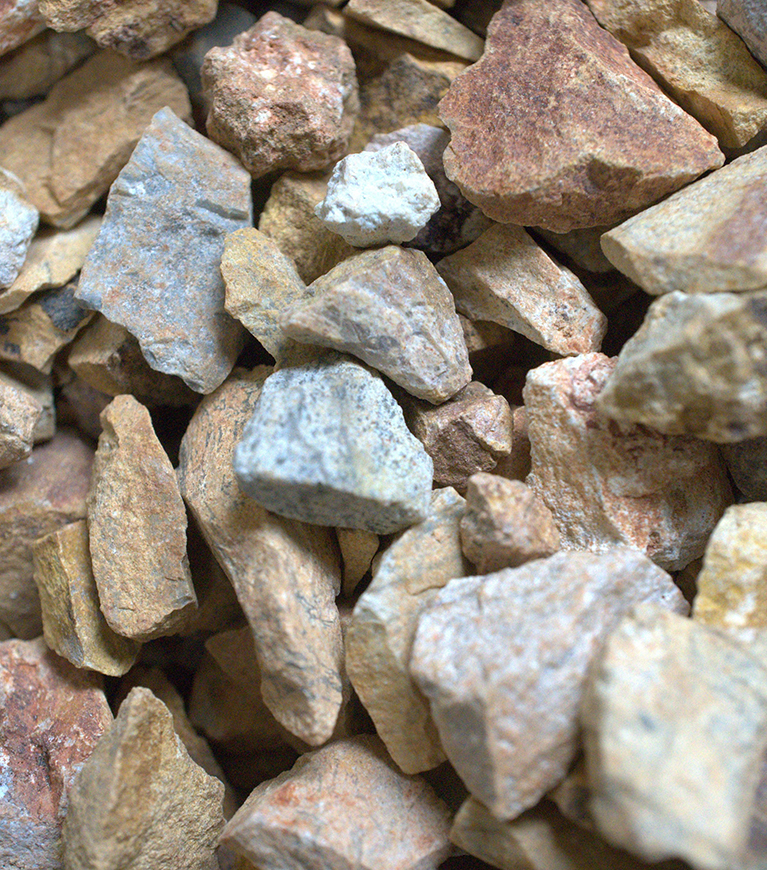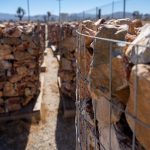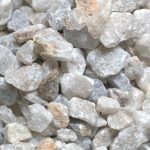Sand ranks high among the basics of landscaping. We use it to provide leveling under the pavements, spread it under kids playing equipment, and all over play areas. Sand is also needed for concrete making and is among the main ingredients while forming layered gardens.
Not any sand type fits the bill though. Categorizing must be done regardless of how impossible it seems. Its texture and color are highly variable so we can only categorize it depending on the source. Here are a few sand categories.
Different Types of Sand
1. Pit sand
Pit sand is porous, angular, and sharp. We obtain it by digging out pits into the soil. Pit sand contains a high percentage of clay. This means it needs to be washed and screened before any engineering use.
2. River sand
As its name suggests, this sand type is harvested along river banks and beds. It feels fine to touch. The granules are polished and round as a result of friction caused by water currents. They are also smaller than pit sand.
Due to its roundness, river sand is less frictional and is best suited for plastering. It can also be used for civil engineering projects if in its pure condition.
3. Sea sand & Coral Sand
Harvested from seashores, sea sand contains organic matter, shells, and other impurities. It also contains lots of salt. These contents make it susceptible to moisture absorption resulting in consistent dampness. It can however be used for landscaping open play areas.
Coral sand is extremely fine sand usually used for landscaping and also play areas. It is commonly found in white and pink-like colors. Coral sand is formed from coral shells and a bit of calcium.
Even though its brown color appears beautiful in landscaping, structures made from sea sand are generally weak and have a shorter life. This is because this sand type retards and slows down the cement’s setting action.
4. Volcanic sand
This sand is often found in places where there has been a volcanic eruption. It’s usually dark-colored and coarse. It’s among landscapers’ favorite sands.
5. Silica sand
Also referred to as Quartz sand, Silica mainly consists of quartz and coal granules. Landscapers also call it industrial sand. It’s often acquired in a crystalline state as a result of the weathering process.
Silica sand can be used as molding or filtration sand. It’s also used for producing glass, metal casting, metal production, paint, coating, and construction.
6. Washed sand
This is the type of sand used to landscape golf courses. It’s also used as a pool liner or as the base for laying bricks.
Sand usually contains silt and clay but it is screened and washed to remove impurities. It is then let to drain. The final white sand is off-white in color and light. Washed sand makes an excellent material for laying pavements and making concrete.
7. Fill sand
This is the most common sand type and is suitable for building all structure types. It’s easily available globally. It is different from the washed sand because it still contains silt and clay in it. Typically fill sand has a sand equivalent factor of 30 (SE30+) or better.
Similarities of Different Sand Types
River sand and sea sand are the closest in texture and formation. Their granules are fine, polished, and round due to the rubbing caused by water currents. One thing that is not similar is their color.
Sea sand also compares to biogenic sand closely. Both comprise decomposed seashells, tiny skeletons, and corals.
Silica and quartz are similar in that quartz is the main component in their formation while pit sand and fill sands are similar in terms of global availability and multiple uses.
Summary
Of all these sand types, fill sand and silica sand are the most common for construction. Ground silica is especially used for anti-corrosion and adding durability. In flooring components such as cement, mortar, stucco, and roofing shingles, whole grain silica strengthens the binding system.



